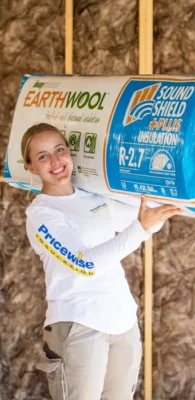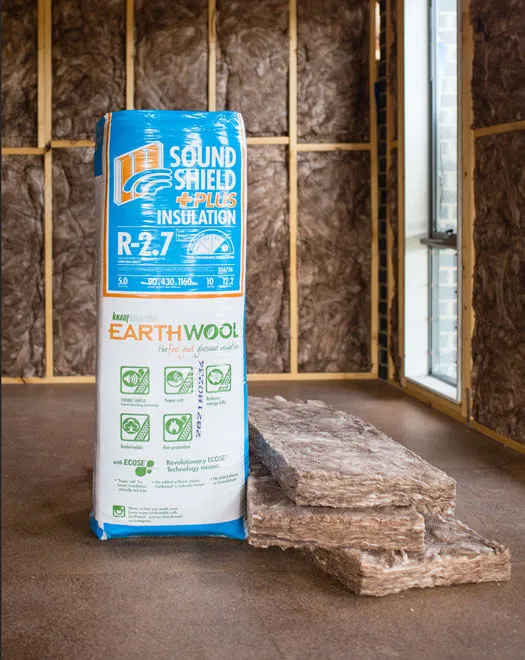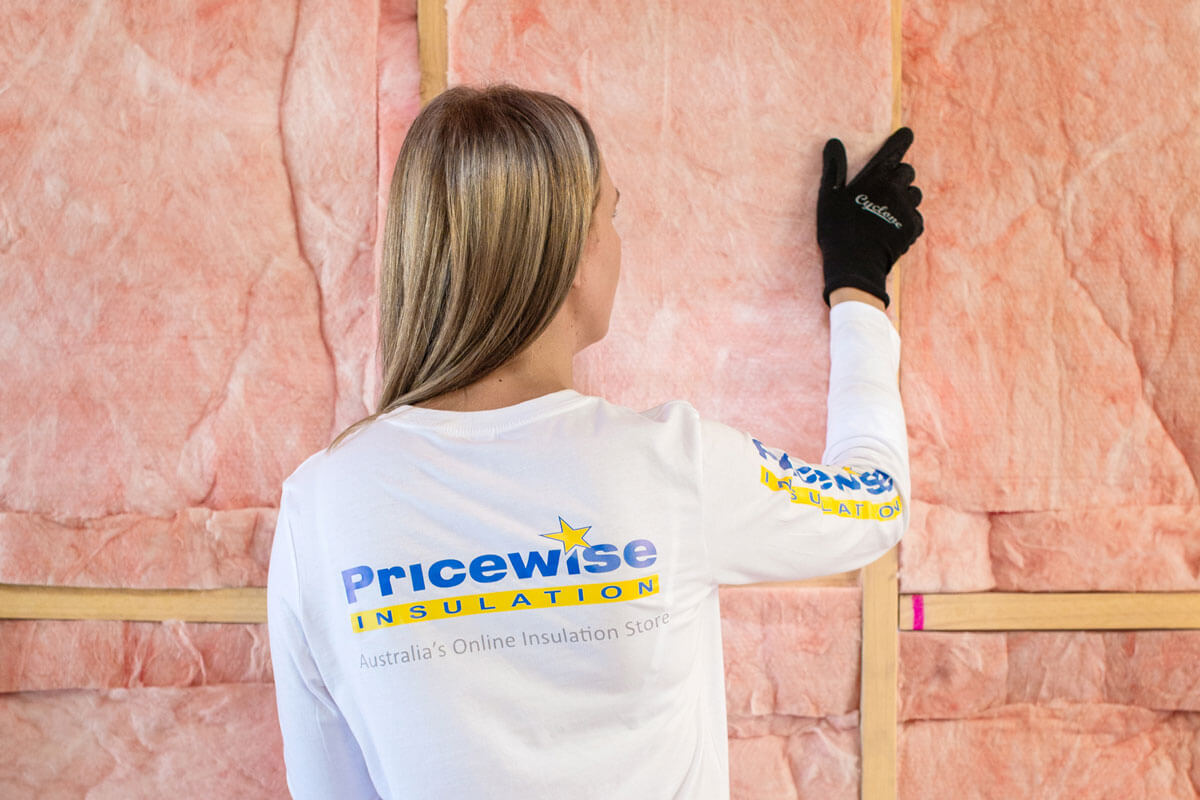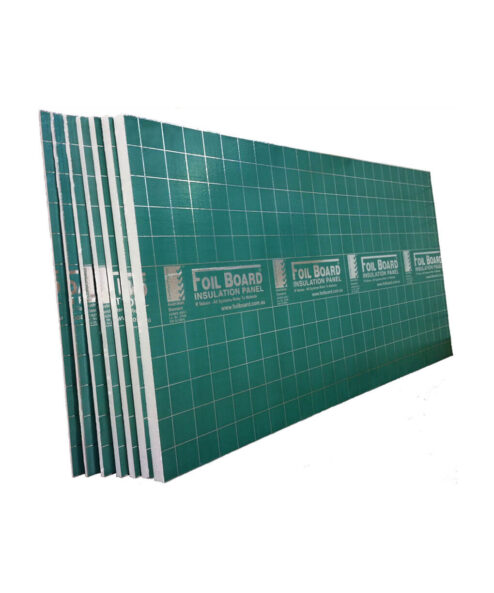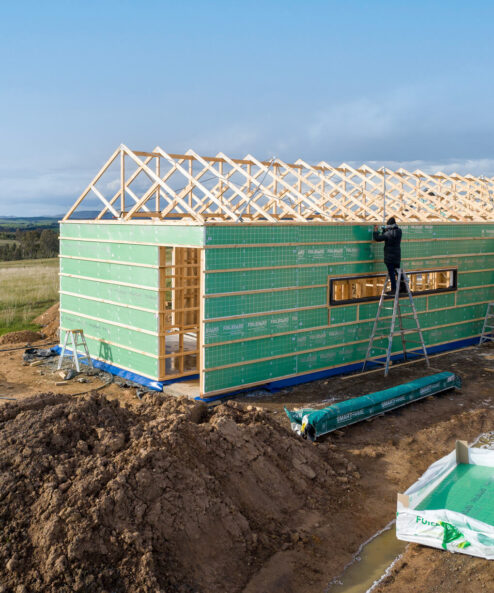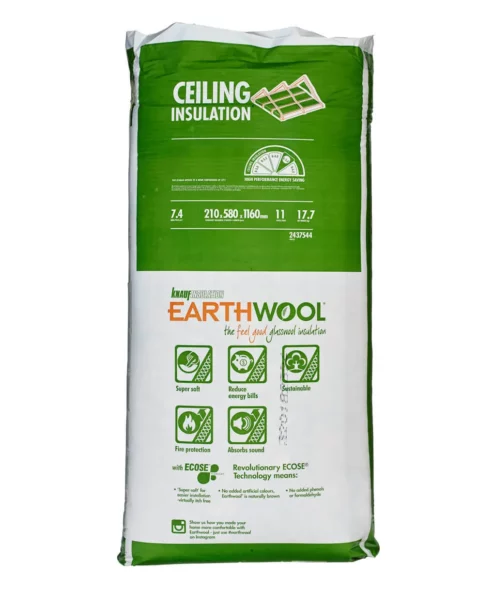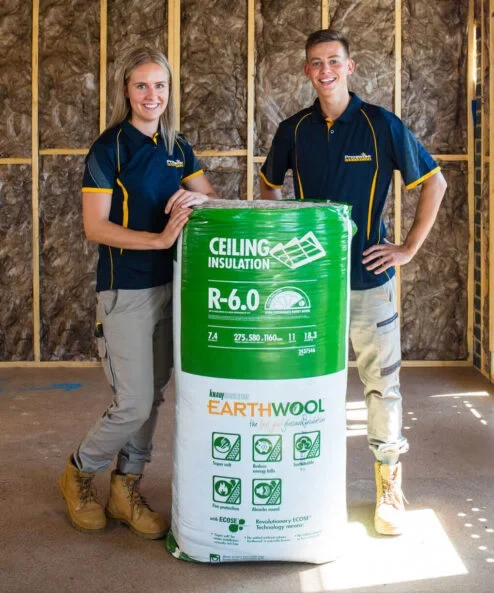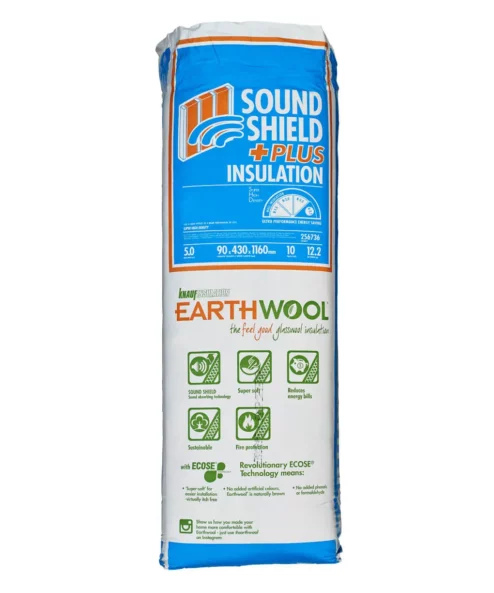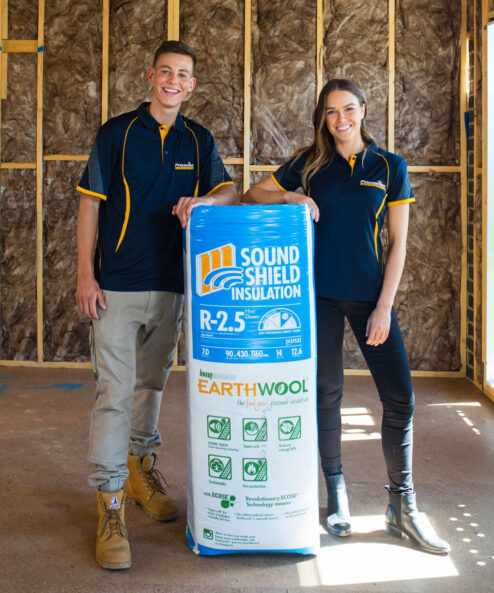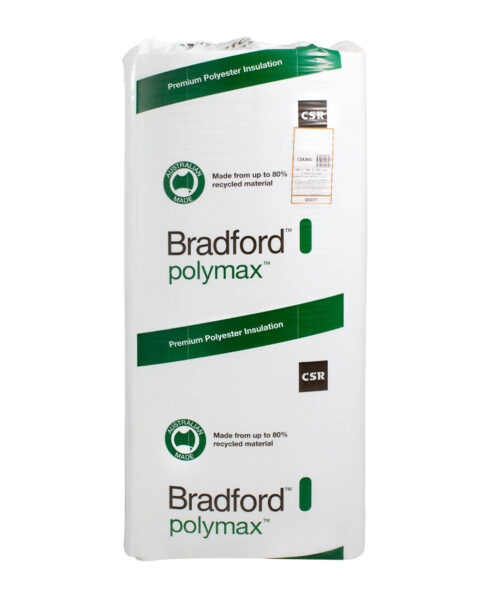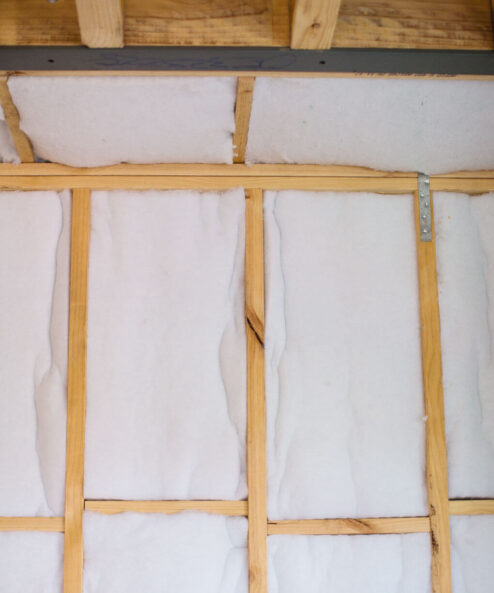Insulation Tips
Can You Be Allergic to Insulation? Here’s What You Need to Know
Some people experience allergy symptoms when working with insulation, so it’s normal for them to raise the question “Can you be allergic to insulation?”
Firstly, we must understand that there are many types of insulation and some of them require the installer to wear protective gear. Many allergy symptoms can be instantly avoided if the correct procedures are followed and the correct gear is worn.
But let’s dive into the root of the problem and explore whether someone can truly be allergic to insulation.
Insulation is usually not the problem
Modern-day insulation has come a long way when it concerns health, safety and sustainability. All the products we sell, for example, are considered safe to use and safe to install, provided the proper installing procedure is followed.
While some insulation will generate a bit of dust during cutting and handling, this is unlikely to cause any problems for the installer. However, most attics or ceilings in a house will often be full of dust, which can trigger an allergic reaction in people. This issue can be avoided by having the roof professionally vacuumed before commencing a DIY install.
When installing insulation in a new house, the dust is likely to be far less of a problem. Similarly, once the insulation is installed, and any wall and ceiling cavities have been enclosed with plasterboard or another wall lining – the amount of insulation dust which would be likely to enter the home is likely to be unnoticeable.
If you suffer from asthma or serious dust allergies, then you should think extra carefully before climbing into an attic or ceiling space. We highly recommend wearing an appropriate dust mask and eye protection to avoid any allergic reactions.
How to get rid of a skin rash
Some people may experience skin irritation or a rash when installing attic insulation or removing old insulation. This is generally caused by the old insulation, but it can be linked to the fibreglass particles contained in newer glasswool insulation products.
If you find your skin is particularly susceptible to fibreglass particles, then we recommend opting for a different type of insulation or low-itch options such as Earthwool. In the meantime, here are the steps you can take to get rid of a skin rash.
- Remove contaminated clothing: as soon as you notice the rash, take off any clothing that may have come into contact with dust or insulation fibres from fibreglass. This will help prevent further irritation from occurring.
- Rinse the affected area: gently rinse your skin with cool water to remove any remaining dust or insulation fibres from the fibreglass insulation. Avoid rubbing or scrubbing the skin, as this can worsen the irritation. You can use a gentle stream of water from a showerhead or a hose to help dislodge the particles.
- Take a cool bath or shower: after rinsing the affected area, take a cool bath or shower to help soothe the skin and remove any lingering particles. Hot water will cause the skin pores to open up, exposing them to any minute glasswool strands which might be lying on your skin, therefore make sure to use cool water. The itch should stop immediately after a cold shower, with any lingering irritation disappearing after a couple of hours.
- Apply anti-itch cream: to relieve itching and reduce inflammation, apply anti-itch cream to the affected areas. Follow the instructions on the product packaging for the proper dosage and application frequency. Alternatively, you can use a calamine lotion or aloe vera gel to soothe your skin.
The polyester and foam insulation options
If fibreglass insulation is not for you, then another option could be polyester insulation. This does not contain irritant fibres that can cause irritation and is safe to handle without the need for protective gear, making it an attractive option for DIY enthusiasts and professionals alike. We recommend trying Bradford Polymax, as they make polyester insulation with excellent thermal properties.
In some applications, foam insulation is a great alternative to glasswool insulation. Rigid foam insulation is available in panels which can be installed in underfloor areas, between rafters of cathedral ceilings or on flat surfaces such as concrete walls. Foam insulation is easy to cut and can also be installed between timber framing, although this is less common in Australia
Shop polyester and foam insulation
If you are looking for new insulation, then you’ve come to the right place. At Pricewise, we supply insulation made from a wide range of materials, including polyester insulation and foam insulation. You can find popular brands like Kingspan, Bradford and more.Most allergy symptoms are caused by dust or old insulation, so remember to wear protective gear when removing or installing home insulation, especially if you are an allergy sufferer. For more advice or help choosing the right insulation material, get in touch with our friendly team at Pricewise. Call us on 1300 729 639 or send us an email at sales@pricewise.com.au.

